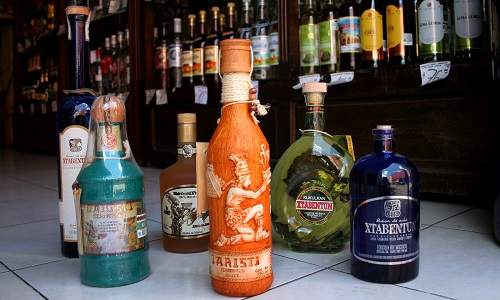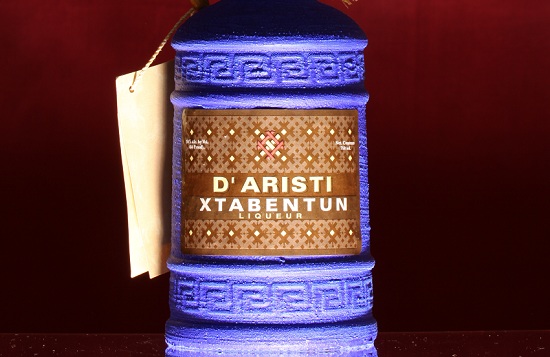In the weather-beaten Mayan ruins of Tulum on the eastern coast of Mexico’s Yucatan Peninsula, there’s a centuries-old structure referred to as The Temple of the Descending God. On the walls of this crumbling building are barely discernible carvings of a figure turned upside down, as though diving. It’s believed by some that this is a picture of the honey bee god, Ah-Muzen-Cab, dipping into a flower for some nectar.
The Maya frequently imagined that valued consumables in the natural world — such as water, corn and honey — were under the control of specific deities. Honey was a source of sweetness, especially treasured in a culture that didn’t have sugar cane or sugar beets. Honey’s sugar content enabled it to be converted into an even more valuable commodity: booze.
The fermentation of honey was practiced by ancient peoples all over the world. The mead that Beowulf and his Anglo-Saxon warriors drank was made of honey, and the ancient Maya of Central America also prepared beer using a recipe of honey, with corn and chilies.
Henry Bruman, in his 1930 book “Alcohol in Ancient Mexico,” reported upon the widespread consumption of Mexican beverages created from fermented honey.

During the fermentation process of such beverages, alkaloid-bearing ingredients — including hallucinogenic peyote — were sometimes added, making for a potentially psychotropic sip.
In gift shops throughout Yucatan are displays of xtabentun (ish-tah-been-tune), advertised as “liquor of the Maya.” Made only in this region, xtabentun is honey beer to which anise and distilled spirits are usually added.
The name “xtabentun” is derived from the legend of a woman named Xtabey, a virtuous courtesan, who gave her love freely and cared for the needy. When she died and was buried, sweet flowers — called xtabentun — grew all about her tomb; these small white flowers are sometimes represented on labels of the bottled liquor.

Xtabentun may be taken straight or on the rocks. Some like to mix the liquor with coffee to make Mayan coffee or with tequila and lime to make a Mayan margarita.
Xtabentun is predictably sweet, with a strong anise flavor similar to Sambuca or Galliano (without the latter’s herbal complexity). This liquor’s aggressive sweetness can be mellowed by mixing with vodka, moonshine or other clear spirits.
At Celeste in Chicago, bartender Michael Huebner adds xtabentun to a cocktail he created called 18-Rabbit, named after a legendary Mayan ruler. (If you’re in the U.S., look for xtabentun at specialty liquor stores. You may have to order it. Or you may need to fly to the sunny Yucatan.)


